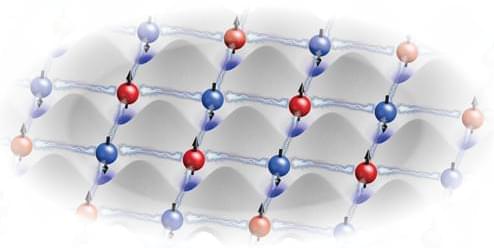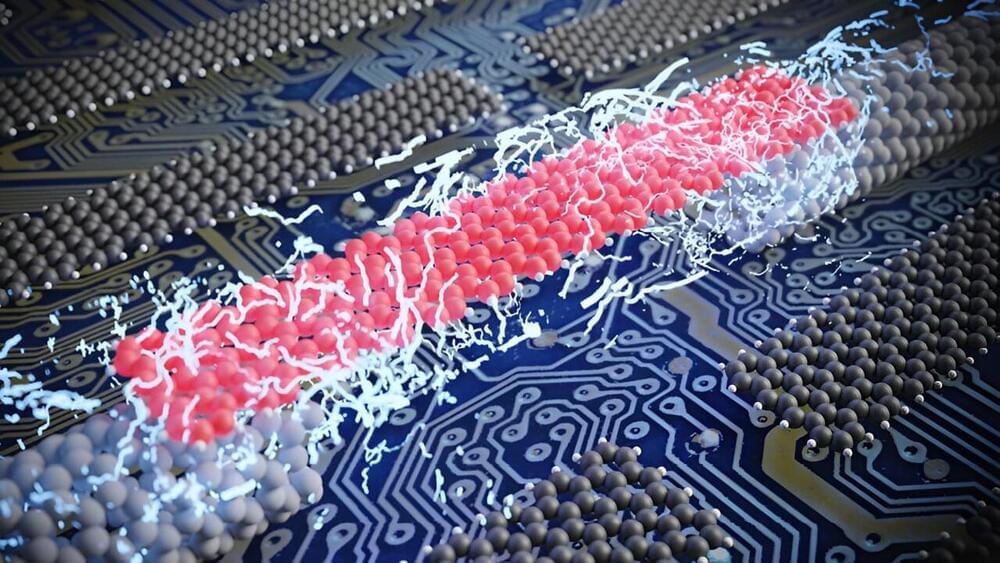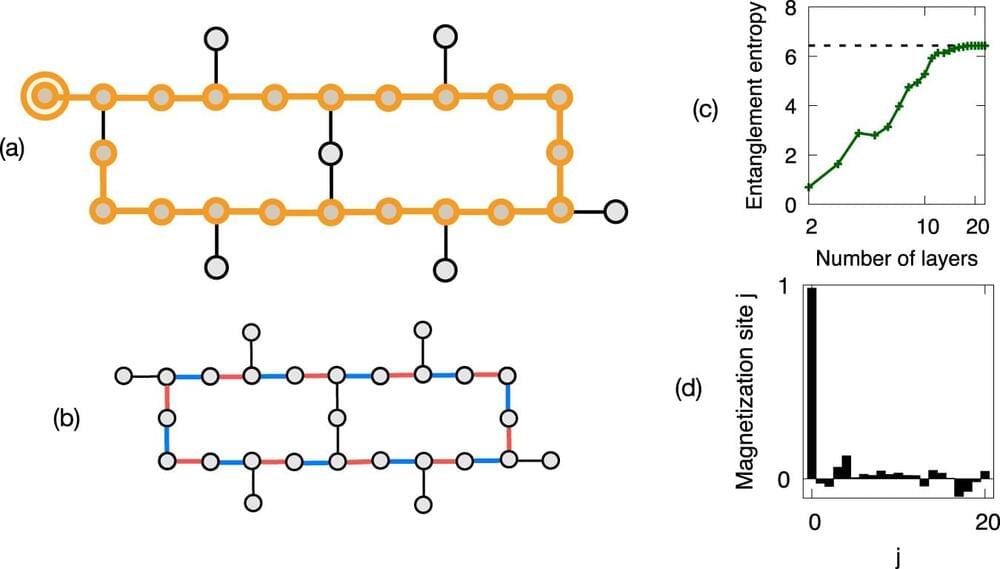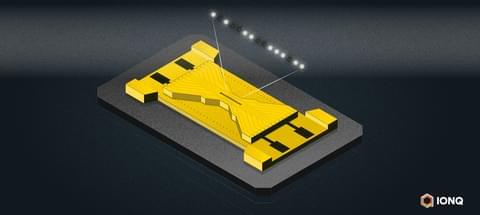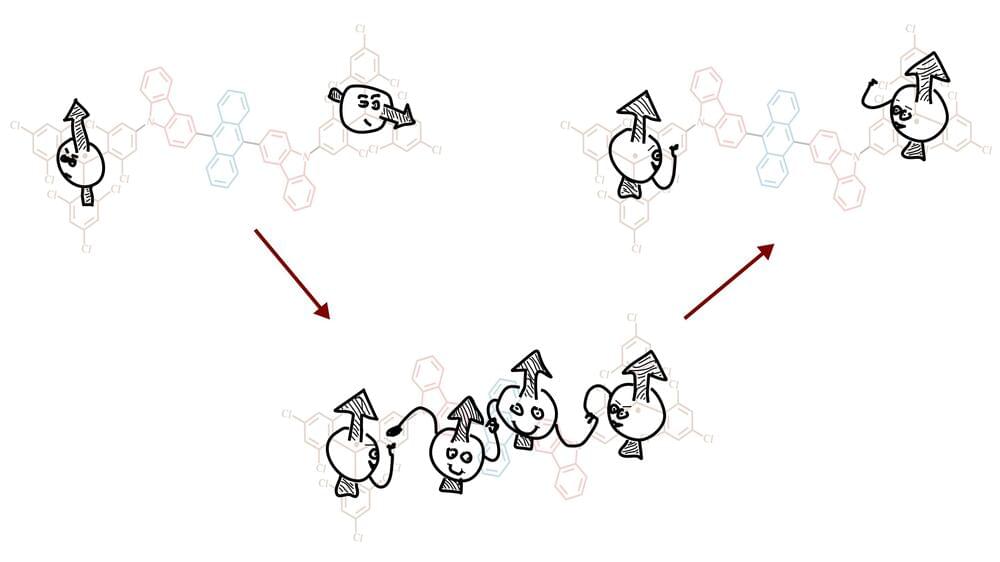Another concern was the dissipation of electrical power on the Enchilada Trap, which could generate significant heat, leading to increased outgassing from surfaces, a higher risk of electrical breakdown and elevated levels of electrical field noise. To address this issue, production specialists designed new microscopic features to reduce the capacitance of certain electrodes.
“Our team is always looking ahead,” said Sandia’s Zach Meinelt, the lead integrator on the project. “We collaborate with scientists and engineers to learn about the kind of technology, features and performance improvements they will need in the coming years. We then design and fabricate traps to meet those requirements and constantly seek ways to further improve.”
Sandia National Laboratories is a multimission laboratory operated by National Technology and Engineering Solutions of Sandia LLC, a wholly owned subsidiary of Honeywell International Inc., for the U.S. Department of Energy’s National Nuclear Security Administration. Sandia Labs has major research and development responsibilities in nuclear deterrence, global security, defense, energy technologies and economic competitiveness, with main facilities in Albuquerque, New Mexico, and Livermore, California.

